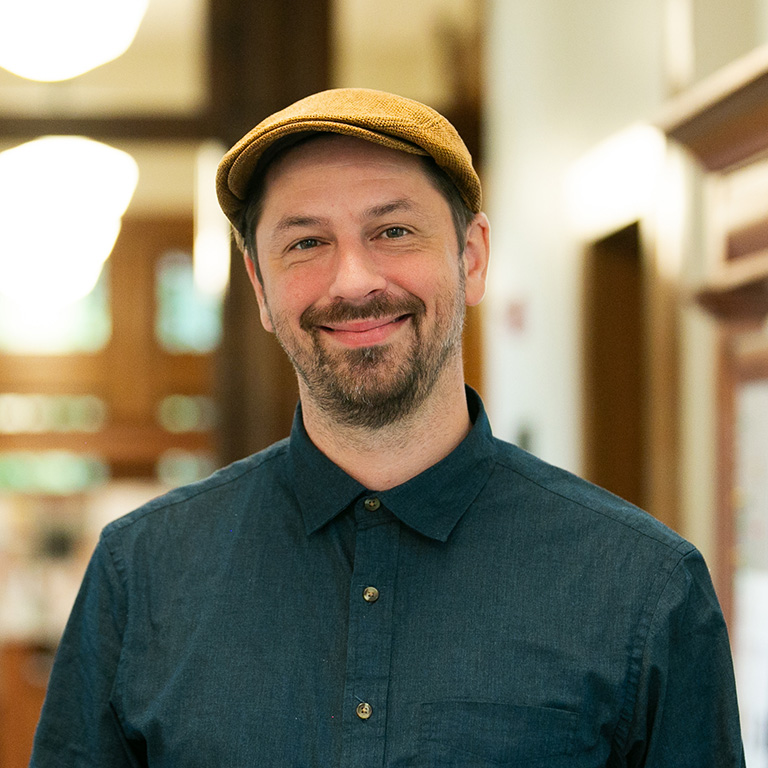Sometimes there is a shared feeling that runs through a conference, something in the air that is more than one’s individual experience, but a kaleidoscope of perspectives that, if you’re lucky, melds together into a harmony. Down in French Lick where ghosts stroll the halls and gardens, the IU Center for Rural Engagement’s 2025 Rural Conference had a feeling coursing through it that was infectious, but hard to name. What is it called when people are prepared to embrace the unknown together? Courage, I think.
Our theme this year was Community Resilience, which, when taken seriously, demands courage. That may sound strange. The term “resilience” appears everywhere and, as a result, can risk drifting into banality. But to pursue “community resilience” is always to ask a difficult question: what values do people want to hold on to and grow in the face of changes that are beyond their control?
We heard one such value expressed at the start in a joke by Center for Rural Engagement Executive Director Denny Spinner: “I always say, if you’ve seen one small-town Indiana community…you’ve seen one small town Indiana community.” It’s funny because it twists your expectations, but in doing so, reminds you how wrong the expectation was. Each place is unique, an ongoing composition of specific people and families and landscapes and struggles to build lives of meaning. To insist on this obvious fact, against the tendency to lump people together as statistics, is a courageous orientation.
But there are so many ways to do courage. I was lucky to find myself hosting an early session by Wendy Noe and Megan Durlauf of Dove House, a women’s residential addiction recovery clinic based in Indianapolis that recently opened a branch in Dubois County. First, some numbers: the national average success rate for in-patient recovery programs (where “success” means sobriety for at least one year after treatment) is between 25 and 60 percent, depending on the substance in question and other factors.1 The average cost for a 13-week in-patient recovery program in Indiana is around $54,000. Dove House? They have a 75 percent success rate. And it is free. Patients stay an average of 6-7 months and receive up to 8 months of rent support so they can keep their homes.
But it wasn’t just these astonishing numbers that impressed me. It was recognizing that this kind of success came from this organization’s commitment to build their own model of treatment that centered the dignity of each of their patients. Durlauf, the director of the Dubois County branch, shared her own story of having previously worked in prisons and come to the realization that the punitive approach to treatment she encountered there was not working. Her transition to Dove House marked a shift to a different logic, one that inverted the punitive model and centered love and care for those suffering from addiction. It turns out, this different approach actually works, and Dove House — along with their donors and community partners who make their work possible — are demonstrating the courage to love people in the times when they find it hardest to love themselves.





